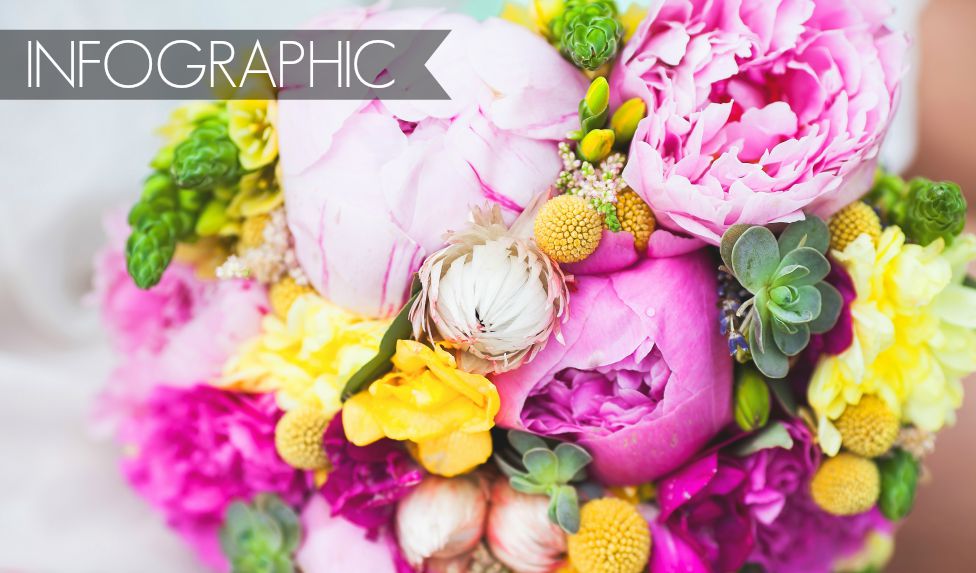
Event Planning Tips, Free Resources, General Tips, Wedding Planning Tips
Infographic: Color Cheat Sheet
Color theory can be a difficult thing to grasp at first. You have to know the proper terminology, (which may go against what you’ve been saying your whole life—who knew “tint,” “tone,” and “shade” were all so different), understand how colors are classified and the effects they have, and let alone memorize all the types of color schemes you need to be aware of!
So save, bookmark, or use this Color Cheat Sheet infographic on your own site, to refer back to when you need a little refresher on color theory.
Share this Image On Your Site
Terminology
You may have gone your whole life saying that something was a shade of blue, when really the use of “tint” would have been more appropriate. There is different terminology you should use based on how the color was mixed to create it, and as a event planning or decor professional, you should be able to classify and identify colors correctly with their proper terms. This will make it easy to communicate with vendors like florists and decor suppliers. Here’s the low down on color terminology:
A hue is a pure color. What’s a pure color, you ask? A pure color is simply a color without any white or black added to it. The term “hue” can also be used to describe colors that are derived from other pure colors. A tint is produced when you add white to a color, while a shade is produced when you add black. A tone is produced by adding gray, or its complement, to “tone it down.”
Color Psychology
Different colors have different effects on people. One may make you feel more relaxed, while another stimulates your senses. Here’s a quick overview of how different color groups make us feel:
Active colors (like red, orange, and yellow):
-
Mood: Stimulating
-
Common Feelings Generated: Energetic, enhanced appetite, fun
Passive colors (like green, blue, and purple):
-
Mood: Relaxing
-
Common Feelings Generated: Serenity, cool, concentration, dreaminess
Neutral colors (like drown, beige, and gray):
-
Mood: Comforting
-
Common Feelings Generated: Order, formality, soothing
This is something you may want to consider when selecting colors for a party or wedding. Do you want a more subdued, sophisticated event? Choose colors from the passive or neutral group. Do you want the event to be the “party of the year” with lots of dancing and food? Consider colors from the active group.
Color Schemes
When dreaming up a party or wedding color scheme, you’ll want to make use of the color wheel. The color wheel is specifically designed to show the different relationships between the colors, letting you know which ones can live harmoniously with one another and will be visually appealing to the eye.
Here are the color schemes that you should know:
Complementary: Two colors that are directly opposite the other and have the same intensity
Double Complementary: Two sets of complementary colors that are close together on the wheel
Split Complementary: Uses a single color plus both colors on either side of its complementary color
Triad: A group of three colors that are of equal distance from one another on the color wheel
Tetrad: A group of four colors that are of equal distance from one another
Adjacent/Analogous: Two or three colors next to eachother on the color wheel
Monochromatic: The combination of different tints, shades, and tones using only one hue
As a professional event planner or decorator, you can create a color schemes in order to achieve a certain effect. If you want to go with colorful and eye-catching decor, perhaps go with a double or split complementary scheme. If your clients wants a more subtle color combination, go with an adjacent or monochromatic scheme.
And there you have it, the basics of some color theory for makeup! Remember to put the infographic to good use and refer to it when you need a little color theory 101.





